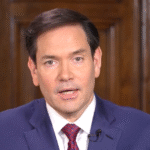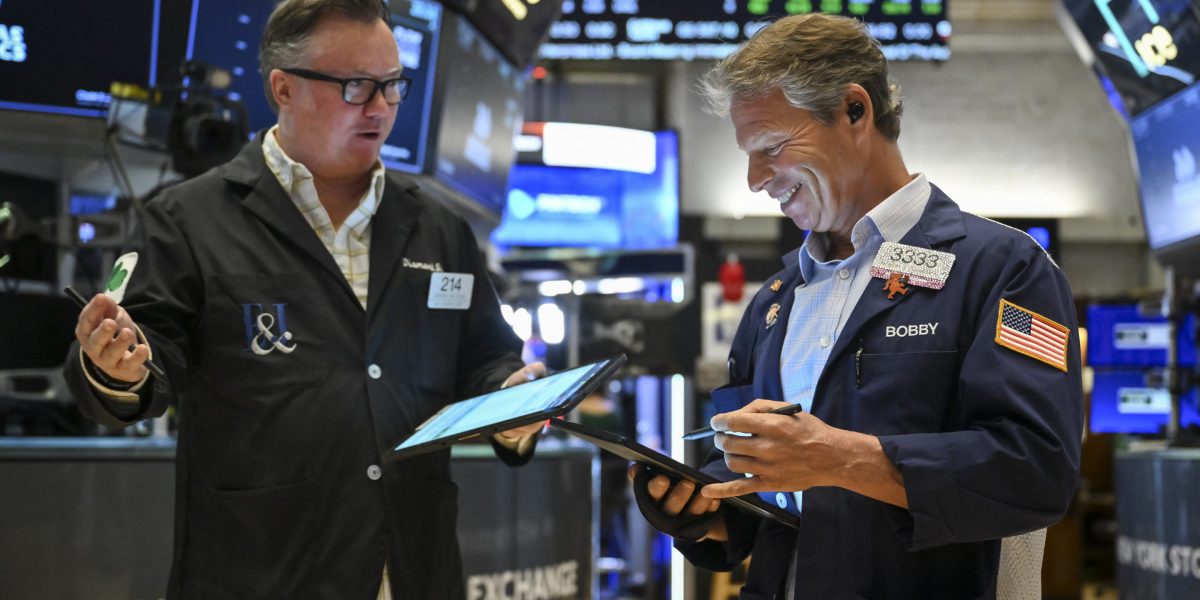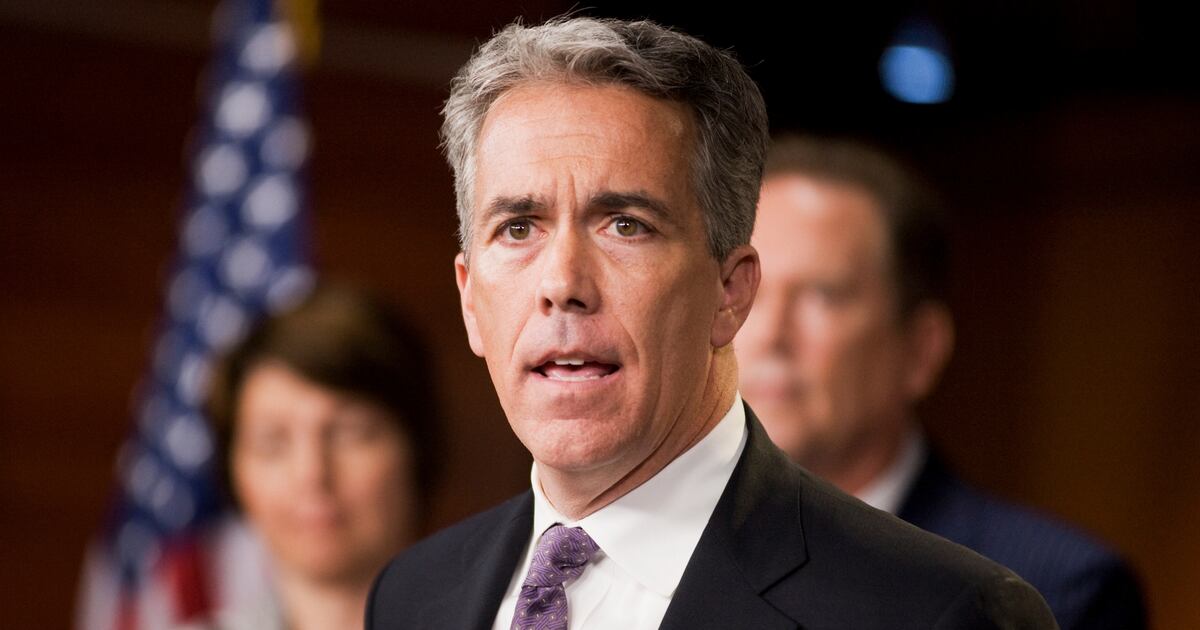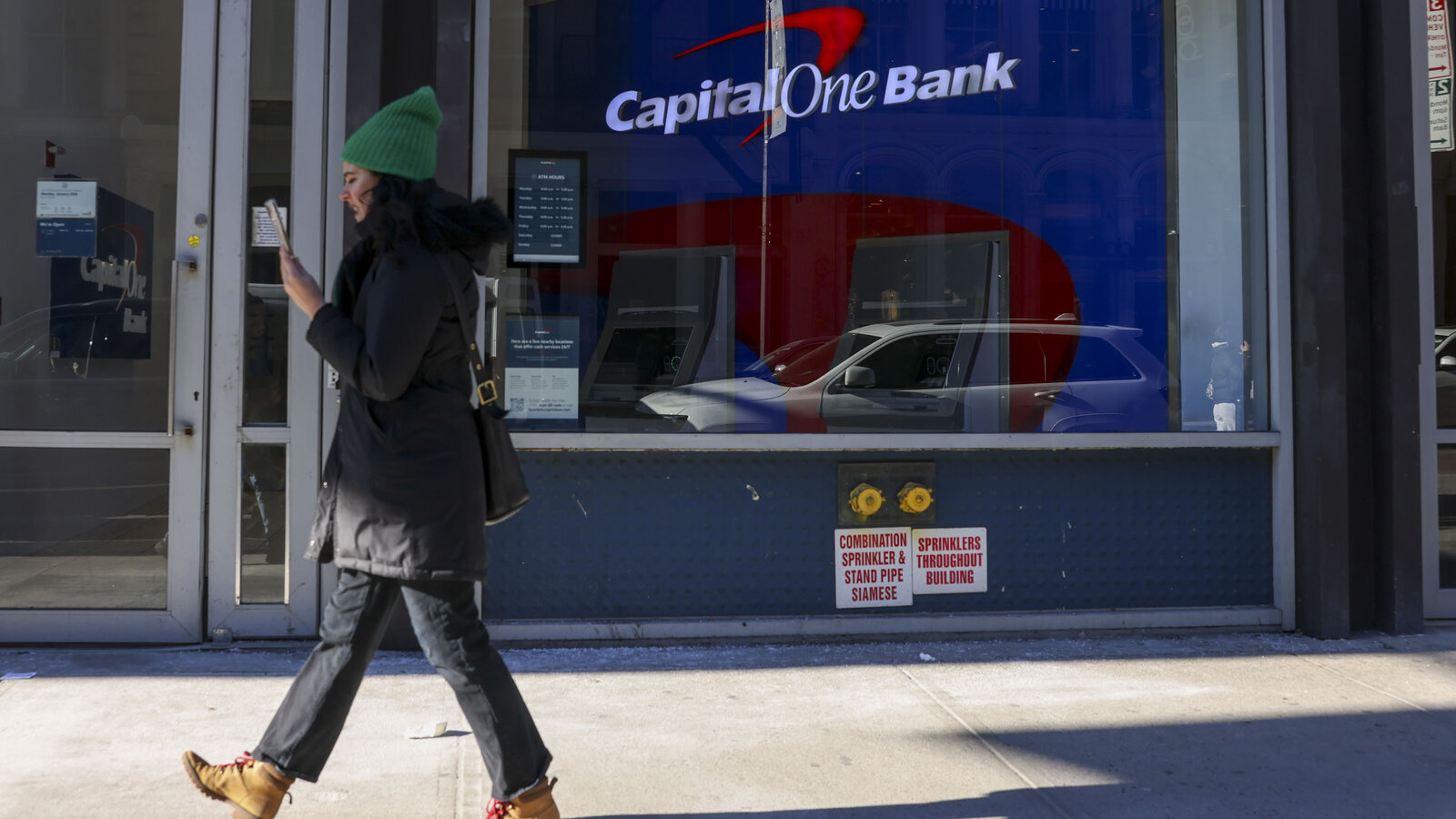Massachusetts customers are bracing for higher prices at their local Walmart stores after the retail giant announced gradual price hikes amid President Donald Trump’s tariff wars.”Our merchants and suppliers are partnering together to try and offset as much of the pressure as possible. We want to keep prices as low as we can for as long as we can, but we’re starting to see some movement,” Walmart CEO Doug McMillon said.McMillon said prices have started to go up and will progressively increase through the summer.”I’ll probably be buying less,” shopper Betty Conners said. This comes as the U.S. and China are temporarily reducing tariffs on each other’s goods from 145 percent and 125 percent, respectively, down to 30 percent and 10 percent. Economists say it’s still a shock to the economy.”So tariffs indeed have been coming off and on. It’s a little confusing, but the fact of the matter is the tariffs are still at levels now that we haven’t seen for 80 years,” said Boston University economics professor Tarek Hassan. China is Walmart’s main supplier of everyday goods. Items customers could end up spending more money on include electronics, toys, apparel, and footwear.”What is creating a lot of problems is the uncertainty of it. The fact that tariffs go up in that company cannot plan,” said global supply chains expert Yossi Sheffi. U.S. Commerce Department data is showing retailer sales slowed in April, rising just .1 percent compared to 1.7 percent in March.Federal Reserve Chair Jerome Powell indicated Thursday that the economic landscape is changing.”Inflation could be more volatile going forward,” Powell said. Economists predict low-income households will be impacted most.”Lower-income households tend to just use more imported goods,” Hassan said.
Massachusetts customers are bracing for higher prices at their local Walmart stores after the retail giant announced gradual price hikes amid President Donald Trump’s tariff wars.
“Our merchants and suppliers are partnering together to try and offset as much of the pressure as possible. We want to keep prices as low as we can for as long as we can, but we’re starting to see some movement,” Walmart CEO Doug McMillon said.
McMillon said prices have started to go up and will progressively increase through the summer.
“I’ll probably be buying less,” shopper Betty Conners said.
This comes as the U.S. and China are temporarily reducing tariffs on each other’s goods from 145 percent and 125 percent, respectively, down to 30 percent and 10 percent. Economists say it’s still a shock to the economy.
“So tariffs indeed have been coming off and on. It’s a little confusing, but the fact of the matter is the tariffs are still at levels now that we haven’t seen for 80 years,” said Boston University economics professor Tarek Hassan.
China is Walmart’s main supplier of everyday goods. Items customers could end up spending more money on include electronics, toys, apparel, and footwear.
“What is creating a lot of problems is the uncertainty of it. The fact that tariffs go up in that company cannot plan,” said global supply chains expert Yossi Sheffi.
U.S. Commerce Department data is showing retailer sales slowed in April, rising just .1 percent compared to 1.7 percent in March.
Federal Reserve Chair Jerome Powell indicated Thursday that the economic landscape is changing.
“Inflation could be more volatile going forward,” Powell said.
Economists predict low-income households will be impacted most.
“Lower-income households tend to just use more imported goods,” Hassan said.










